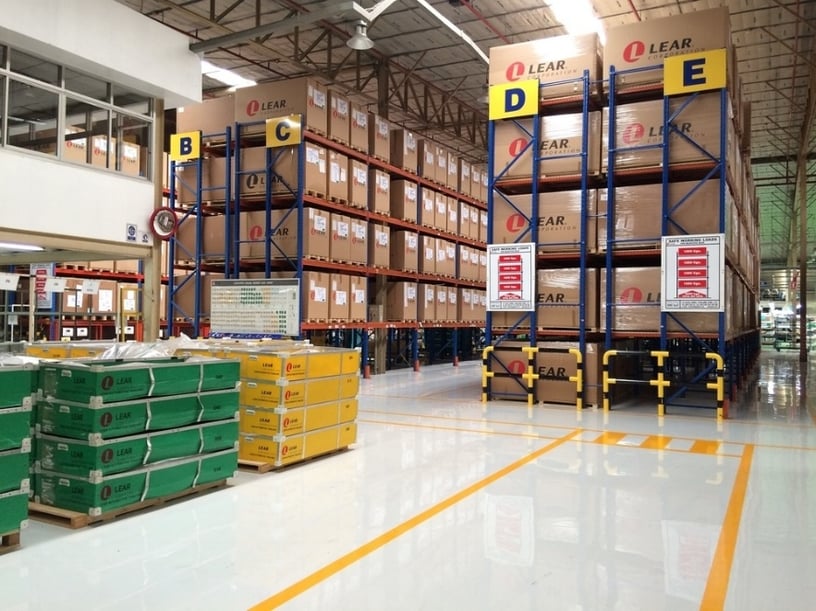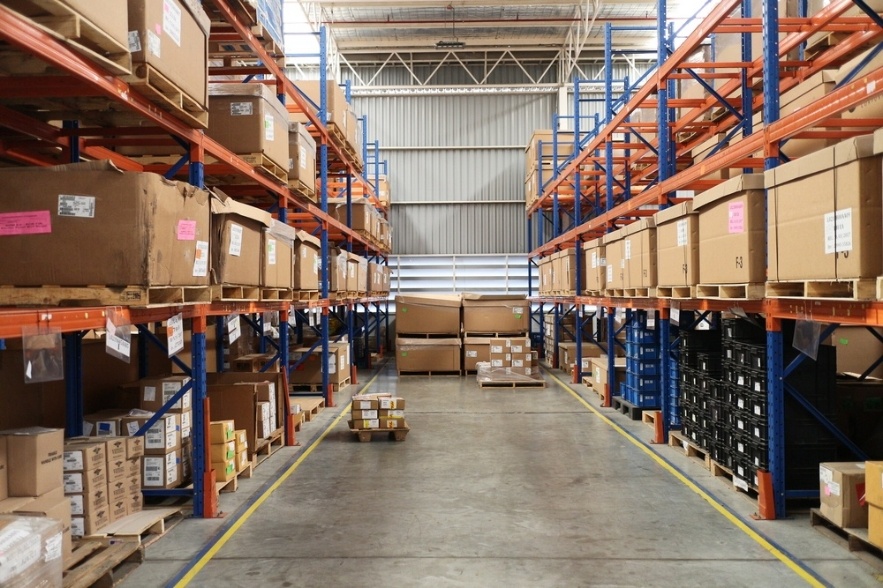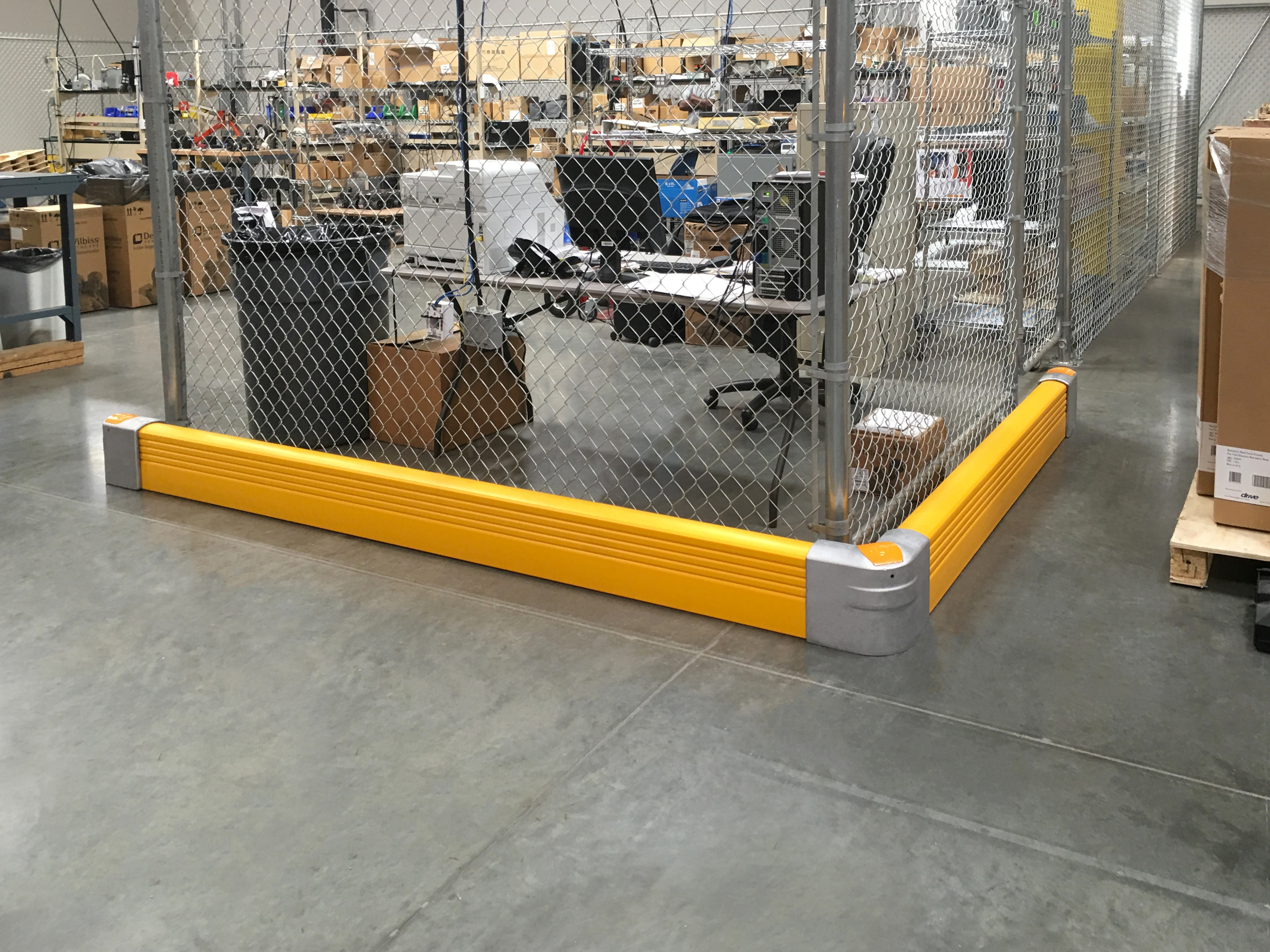Investing in protective guarding for your facility is a smart move — but what do you need to know in order to determine which products will offer the best solutions and ROI for your facility? Here's a guide to making sure you get exactly what you need when it comes to workplace safety, equipment protection and overall product longevity.

To start, all new facilities can benefit from three basic protective products: bollards, crash barriers (low-level perimeter protection) and pedestrian barriers. Bollards are short, sturdy, vertical posts placed along the perimeter of trafficked routes within a warehouse facility. Much like the ones found near traffic medians or parking lots, their function is to prevent vehicles from accidentally entering another area where they could potentially cause damage to existing structures or people. Crash barriers and pedestrian barriers, as you may have guessed, provide a similar function but are designed to fit different areas of the facility with different potential risks.
So how do you know how many bollards or barriers your facility needs? What strength and size protective guards will be required to keep your employees safe and your maintenance budget in check? Determining how to update an existing facility requires a little workplace research. You can usually find out everything you need to know by going straight to the source — your facility staff. They're great at locating problem areas and maintenance concerns in the facility because they're constantly interacting with the space. So what should you ask to get the information you need to make smart buying decisions?
Talk to your facility team members about the kind of impacts they're experiencing on a daily basis. Are they high-weight, low-speed impacts? Low-weight, high-speed impacts? How often are they hitting bollards? Are they hitting them accidentally (glancing impact) or hitting them intentionally (direct impact, usually from using bollard as stop indicators when backing up)? Once you know the answer to these questions, it's easier to determine what protective equipment you'll need. But getting the answers can be hard. You'll need to foster the type of relationship that gives your employees a sense of comfort rather than a sense of fear: you just want to help them and your facility improve — and you're not going to punish them for admitting there have been impacts. These issues should be expected, not dramatic, errors.
This information can also help you determine how and where to set up new protective guarding in your facility. For example, barriers that are prone to experiencing high-speed, glancing blows (often around frequently-trafficked corners) usually require leaving more space around the bollard, as the flexible bollard design will have less time to recoil after impact.
It's also a good idea to ask your facility's employees about the maintenance repairs they're doing. Are there certain problem areas that are in constant need of repair? How pertinent are most of their maintenance issues when it comes to day-to-day functioning? If you're frequently conducting repairs on the same area and the issue is still reoccuring, it's a safe bet that installing a protective guard in that spot will save you both time and money in the long-term. Knowing how frequently maintenance is being conducted will also help you prove ROI when lobbying higher-ups to budget more for protective guarding.
Lastly, it's never a bad idea to know the history of your facility and any design plans in its foreseeable future. How old is the building? How thick is the concrete? Is it worn or crumbling in certain areas? What type of racking is used? What is the standard weight of loads? Is the facility floorplan static or subject to change? These are all questions which can help you determine:
1) what strength protective guard you will require
2) how much force a barrier needs to be able to sustain and
3) if the problem can be solved by installing a protective guard
4) if instead, some preliminary maintenance (like installing new concrete) is required.
Whatever the answers to the above queries, the more informed you are about the ins and outs of your facility, the more savvy you will be with your purchases.




